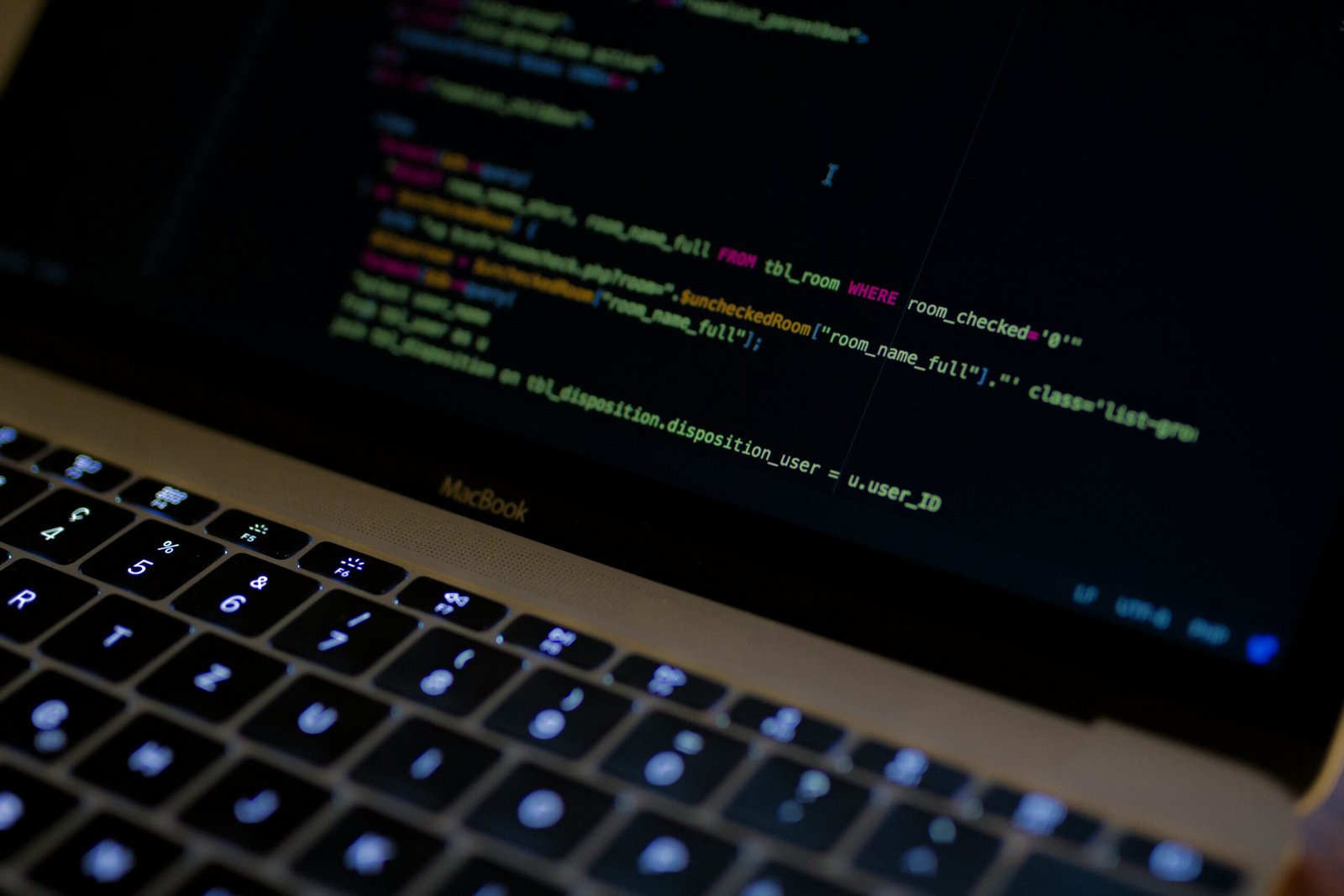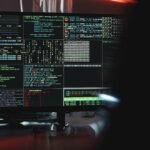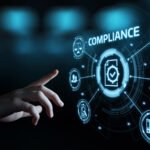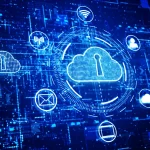How worker surveillance is backfiring on employers
The rise in remote work has led to an increase in workplace monitoring. Many large firms have doubled their efforts to monitor employees since the beginning of the pandemic. Monitoring methods can range from recording keystrokes and taking screenshots of computer activity to tracking calls, meetings, and even accessing webcams. Some programs go as far as enabling full remote access to workers’ systems.
Companies embrace monitoring because they believe it ensures the productivity of remote employees. However, research suggests that monitoring can have unintended consequences. In a study, workers who knew they were being monitored were more likely to engage in dishonest behavior. The monitoring made them feel a lack of agency and responsibility, leading to rule-breaking as a way to regain control.
Furthermore, studies have shown that monitoring employees offers no positive effect on performance and can instead damage workplace culture and foster counterproductive behavior. Workers may invest energy in finding ways to subvert controls, leading to creative methods of evading monitoring systems or even acting out against the technology itself.
Continuous observation raises stress levels and impinges on employees’ sense of autonomy and dignity. When workers feel overly monitored, they may seek workplaces where they feel more respected, leading to a higher turnover rate.
It is important to note that monitoring is not inherently bad, and there can be benefits in certain cases. However, the negative effects arise when monitoring becomes excessive and encroaches on employees’ comfort. Rational monitoring can easily evolve into more extensive surveillance justified by productivity or efficiency goals.
Workers are generally not in favor of intrusive monitoring, with many preferring to quit their jobs rather than be constantly monitored. To retain talent, employers may realize the liability of excessive monitoring and choose to limit or modify their surveillance practices.
Transparency and upfront communication about the necessity and purposes of monitoring can greatly reduce its negative effects. When employees perceive fair treatment by their organization, they are less likely to engage in unethical behavior. Employers should involve workers in the decision-making process regarding technology use, data treatment, and access. By considering how technology can support employees in their work instead of being seen as a threat or policing tool, employers can create a more positive monitoring experience.
Increased communication between workers and bosses can also help find a balance. Expressing concerns and proposing alternative solutions, as Mark did in his case, can lead to positive outcomes. Open communication, rather than covert surveillance, can often resolve issues.
Although some leaders may be resistant to criticism and open dialogue, it is essential for them to listen to employee concerns. Even if monitoring continues, it can be implemented with greater respect for workers. Finding ways to create a workplace where employees feel valued and respected is crucial for maintaining a productive and positive work environment.


































